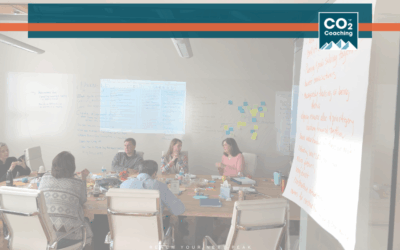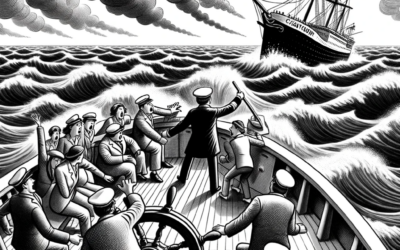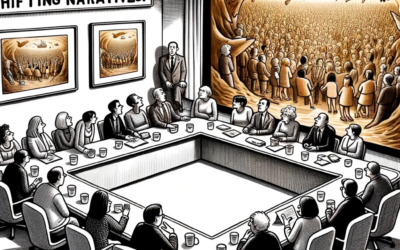
If you want a glimpse into how well an organization is run, look at how it runs its meetings. The value it gains from those meetings usually reflects how well the organization functions as a whole. Particularly an informational meeting.
Four Meeting Types
Meetings are designed to accomplish a particular objective. There are four types of meetings, each with a specific objective in mind:
- Decision-Making Meetings: Hold these meetings when the group needs to solve a problem or make a decision.
- Informational Meetings: Use these meetings to introduce key information in a synchronous and dynamic way.
- Creative Meetings: Use these meetings to bring people together and generate the best, most original ideas possible.
- Motivational Meetings: Use these meetings to bring people together and build commitment for an effort.
If you aren’t sure how to get information across effectively at work, hosting an informational meeting can provide the perfect setting.
What is an Informational Meeting?
Organizations and businesses are constantly changing. This means there is a continuous flow of new information coming from all sorts of places. If you aren’t getting this information out to your team properly, you aren’t being a responsible leader. You can convey some information easily by email or memo, but other information requires sensitivity and tailoring to different team members. When this is the case, an informational meeting is your best course of action.
An informational meeting has one objective: introducing key information in a dynamic way to a large group of people. While emails can get information to a lot of people at once, they don’t necessarily tell the whole story (and can even lead to confusion). Informational meetings give you the perfect setting to not only give the facts, but also discuss new developments with the people that it will affect.
Preparation for an Informational Meeting
At a surface level, figuring out how to run an informational meeting seems simple. If the main objective of the meeting is to introduce information, you only need to prepare that message. Wrong. How you convey the information is just as important (if not more) than the information itself.
The traditional model of learning has one speaker presenting the information to a passive audience. Although people have followed this standard for most of human history, they have proven it ineffective. The best way to present information to your team is with a dynamic meeting. Discuss everything during and after the information is presented. Interaction is key for total comprehension of a subject. In order for everyone to buy-in on the information, you have to make them feel like a part of the process.
So, when it comes time to prepare the meeting, think about what you can do to structure the process into an interactive format. By creating a collaborative environment, you are opening up the process to everyone involved, thus making people more comfortable with the information presented. Book a discussion-friendly room and reserve the seat at the end of the table for yourself. A good leader will host a meeting where everyone is comfortable and aware of their role in the meeting.
Questions to Consider
In order to prevent confusion during the informational meeting, prepare as much as you can before you send out invitations. Consider these questions before you finalize the meeting’s logistics:
- Who needs to hear this information? This question helps you identify who needs to be involved in the meeting.
- Who is providing the information? When are they providing it? Share a brief overview of the meeting topics beforehand so people can come prepared with their own questions. Cover granular details during the meeting, since they aren’t as important at this stage. But prefacing invitations with a brief snippet of information about the topic will make people feel more comfortable with the meeting.
- Who will provide alternate perspectives? Nobody wants to walk into a meeting and feel forced to agree with something. Alternate perspective can make everyone understand the organization’s point of view on the topic and make the information more digestible.
It may seem easier and more efficient to send out a memo or an email anytime some new information comes across your plate. While you may be saving time in the short term, by not having a meeting, you may be causing more issues for yourself and your team later on down the road. Memos and emails can easily distort information and create more questions than answers. While it may not seem as efficient, it’s far more effective to hold an informational meeting than it is to simply send out the information to the team.
CO2 Partners offers executive coaching that will help you to understand everything there is to know about good leadership — above and beyond best practices for informational meetings. Learn more about our executive coaching opportunities.
By Gary Cohen



